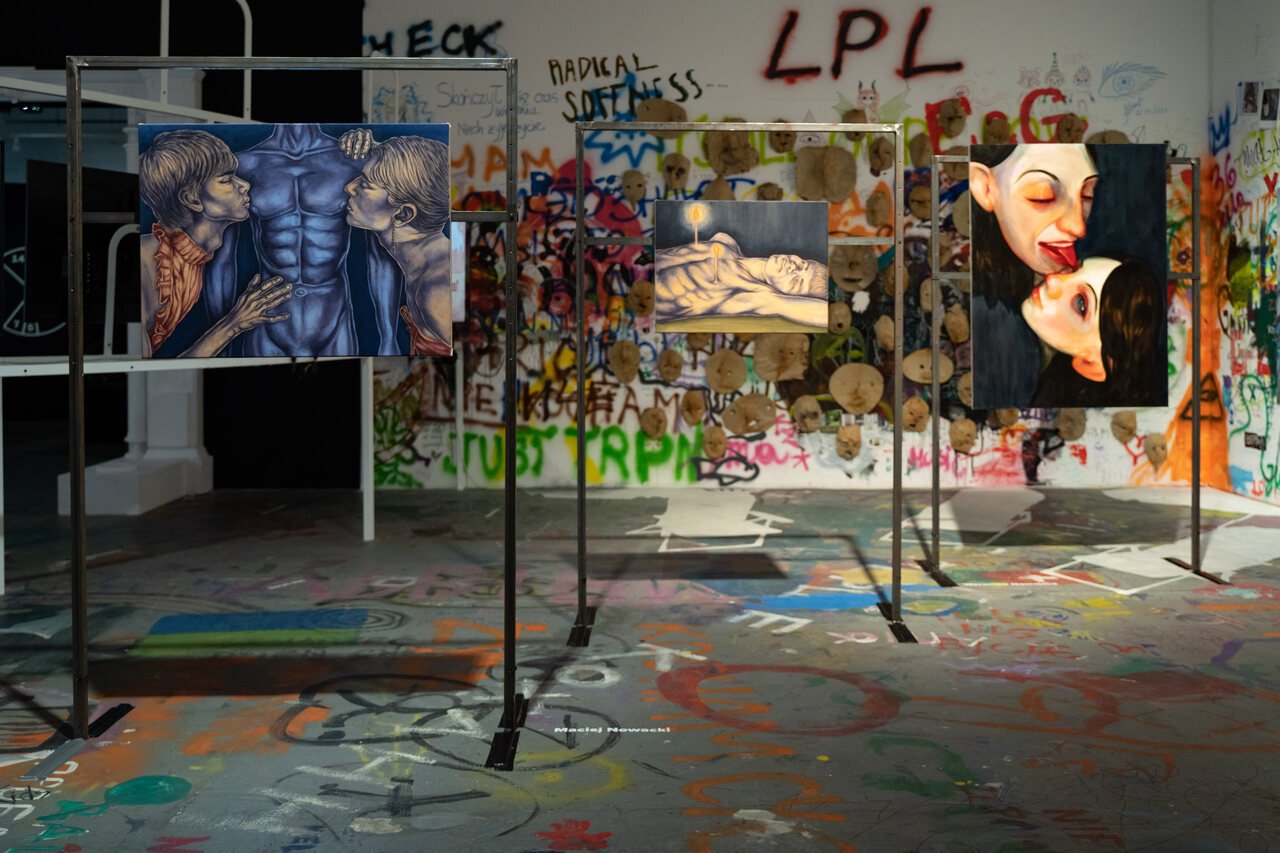Stach Szabłowski
100 Years in Labirynt is an exhibition devoted to the unique case of one institution’s evolution and the ideas that have animated it. Could an institution exist without animating ideas? Certainly—just look at art’s bureaucracy and administration. The history of Labirynt shows how it strove to avoid sliding into those tracks, and how, at least to some degree, it succeeded in this intention.
A century is a beautiful age; as the title suggests, 100 Years in Labirynt is an anniversary show, but the jubilee is celebrated in a special way, since only (or, if you prefer, already) fifty of the titular hundred years have passed. The second half-century is yet to come. We are therefore talking about the Labirynt Gallery in the years 1974–2074. The jubilee offers a chance to not only celebrate past achievements, but more importantly, to contemplate the institution’s future path. In other words, the exhibition can be seen as a kind of machine that, powered by the energy of the past, is supposed to generate visions of the future.
This machine is activated at a pivotal moment. Between 2015 and 2023, the ongoing culture wars in Poland, simmering since the start of the political transformation, escalated to a new level of intensity. This intensification was directly proportionate to the deepening divisions within the increasingly polarised society. Art institutions also became a battleground, shifting from a shared public resource to objects of possession, labelled as “ours” or “yours”, “taken over” or “reclaimed”. Labirynt, with its unwavering stance, was not immune to these conflicts; indeed, it became a central arena for some of the cultural battles.
The rise of the alt-right government proved traumatic for the Polish art world, which had taken shape during the Third Polish Republic. The Law and Justice (PiS) party implemented cultural policies aimed at a gradual but fundamental reshaping of this landscape. This involved replacing established elites, dismantling existing networks, and, last but not least, enforcing a sharp turn towards a conservative paradigm. While this project ultimately fell short of its goals, the art world’s structure survived, but emerged battered and weakened. Though seemingly the same, it was irrevocably changed, and—most importantly—faced with question: what now? Should there be a restoration of the previous order, or should something entirely new be built? Should the focus be on retribution and removing figures associated with the former government? Should the path be one of reconstruction or transformation? And what tools would drive this change: a relentless rotation of positions, or more nuanced approaches to shaping institutional realities?
The disruption of the institutional order between 2015 and 2023, while unsettling for the art milieu, created an opportunity for a discussion about the form and future of the institution. If not now, then when? It is time to listen to the voice of Labirynt as it enters this debate.

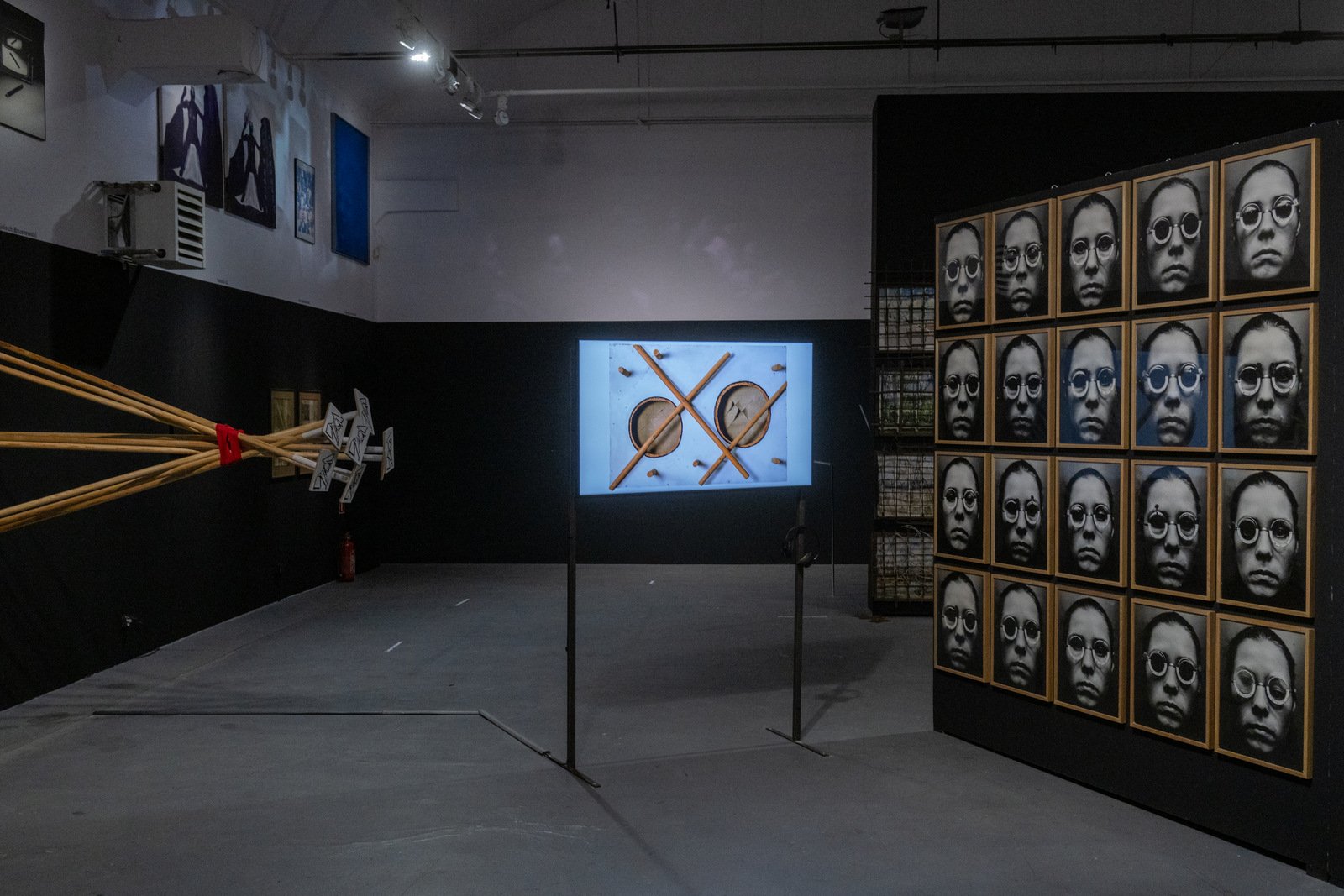
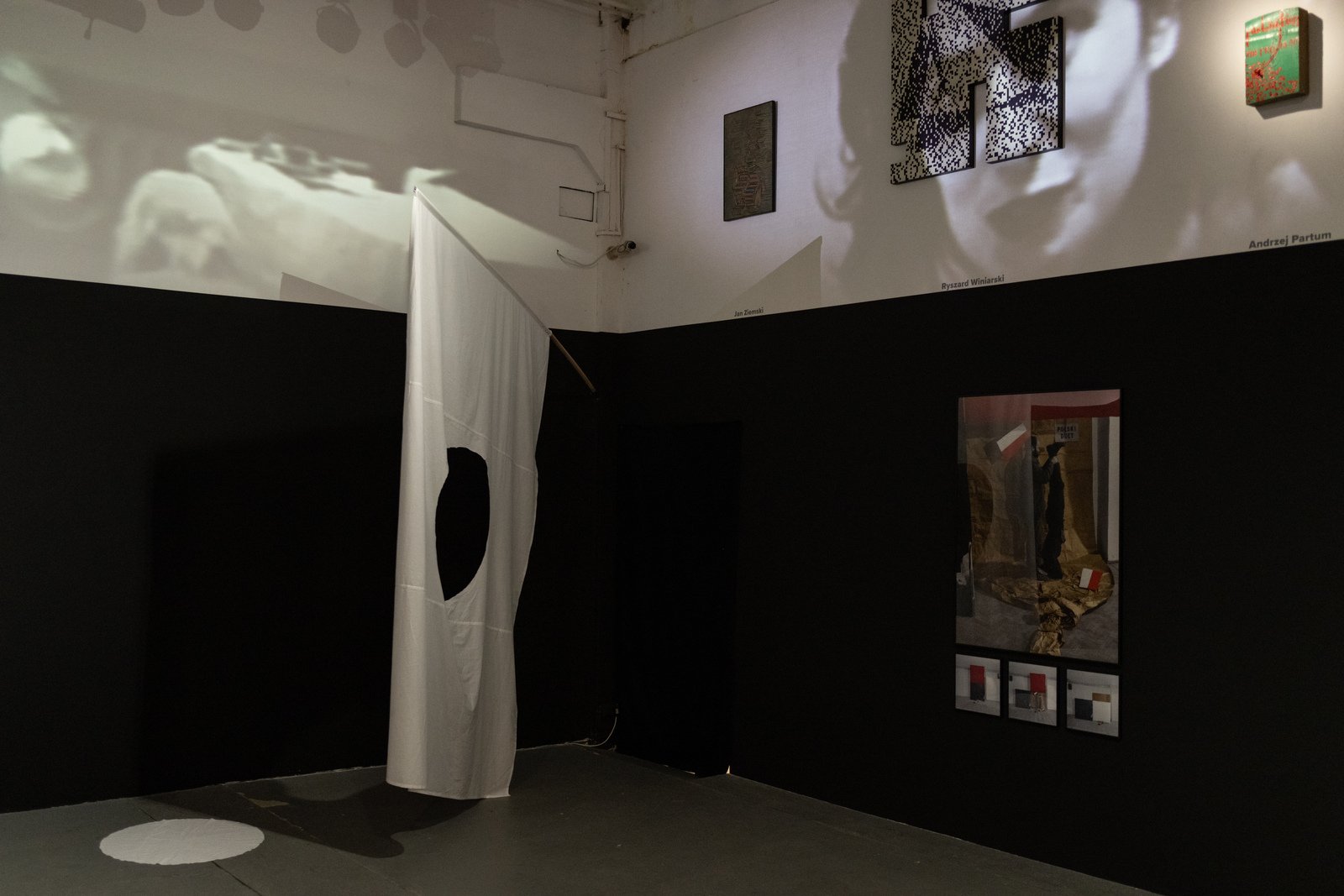
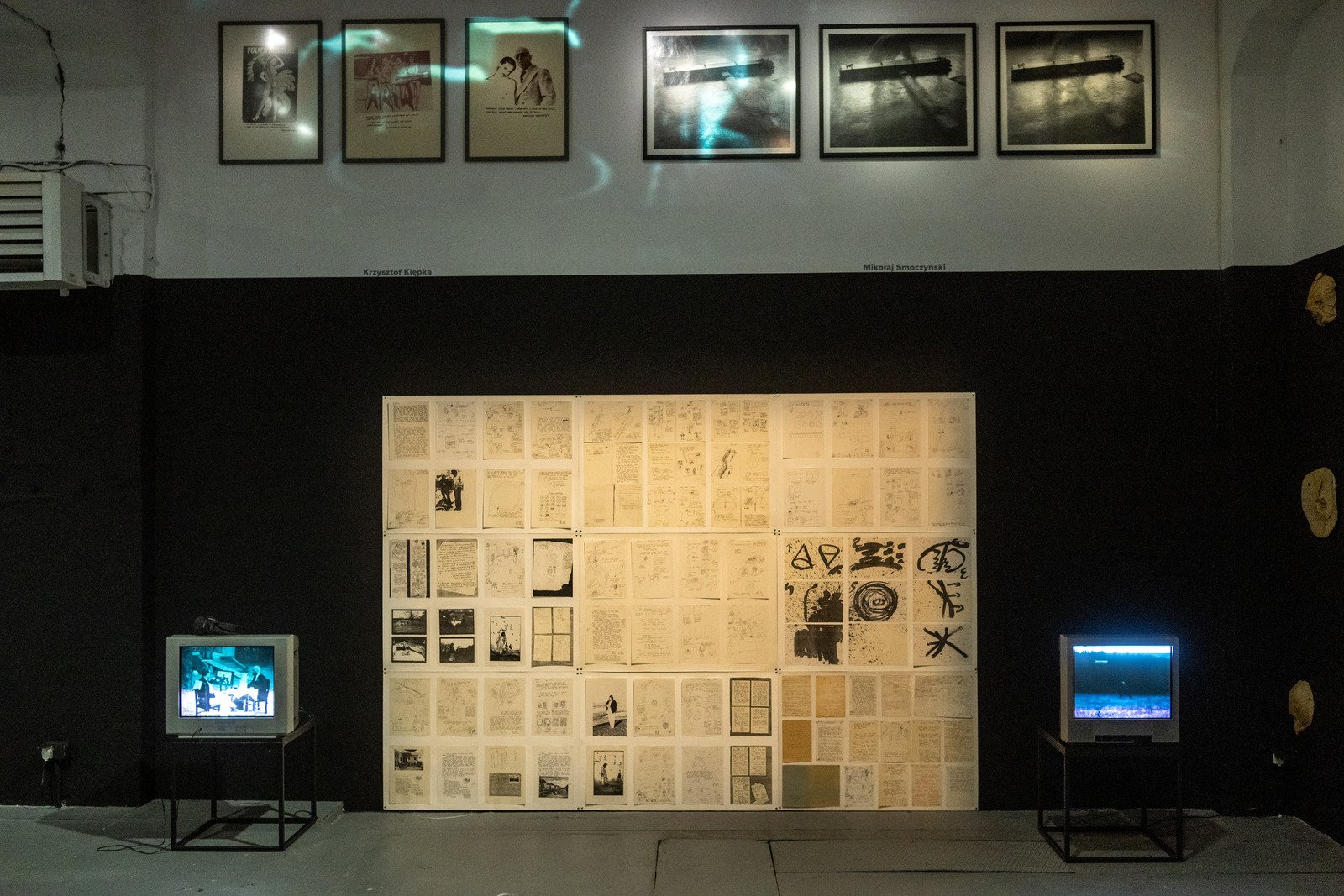
***
Conceived as a machine for exploring Labirynt’s identity, the exhibition transmits the ideas embedded within the gallery’s DNA from past to future, evoking the image of a time machine. Moving through the galleries, visitors traverse a landscape spanning fifty years of history and a terrain of years yet to come.
The space-time of 100 Years in Labirynt comprises two primary sections: one representing a half-century of history, the other—a platform for the future.
The exhibition’s timeline begins in 1974, marking the year Andrzej Mroczek assumed leadership of the Labirynt Gallery, then operating under the Lublin House of Culture. This starting point is a deliberate statement of identity, as Labirynt’s history extends further back to its founding in 1969. Even more extensive is the history of Lublin’s BWA (Bureau of Artistic Exhibitions), established in 1956. Mroczek became its director in 1981, during the rise of the Solidarity movement. In 2010, Waldemar Tatarczuk, the current director and curator of this exhibition, succeeded Mroczek. One of Tatarczuk’s first moves was to rename the institution from the Bureau of Artistic Exhibitions to Labirynt.
Although not explicitly narrated, the gallery’s institutional history is woven into the very fabric of the exhibition. It is a story of a migrating idea that, since 1974, has shaped Labirynt, flowing into BWA, and ultimately, in 2010, animating the modern-day Labirynt.
What is this idea? It can be discerned within the works displayed in “First 50”, a section of 100 Years in Labirynt.
The exhibition space features walls with a black dado. Displayed on the lower, black half of the walls, as well as within the gallery itself, are works by artists who have been associated with Labirynt over the past half-century. These artists have contributed to its history and have now lent their works to the exhibition. They include: Janusz Bałdyga, Mirosław Bałka, Lucjan Demidowski, Maria Fidor, Koji Kamoji, Zofia Kulik, Zdzisław Kwiatkowski, Przemysław Kwiek, Teresa Murak, Andrzej Polakowski, Małgorzata Potocka, Józef Robakowski, Zbigniew Warpechowski, Krzysztof Zarębski, and Ewa Zarzycka.
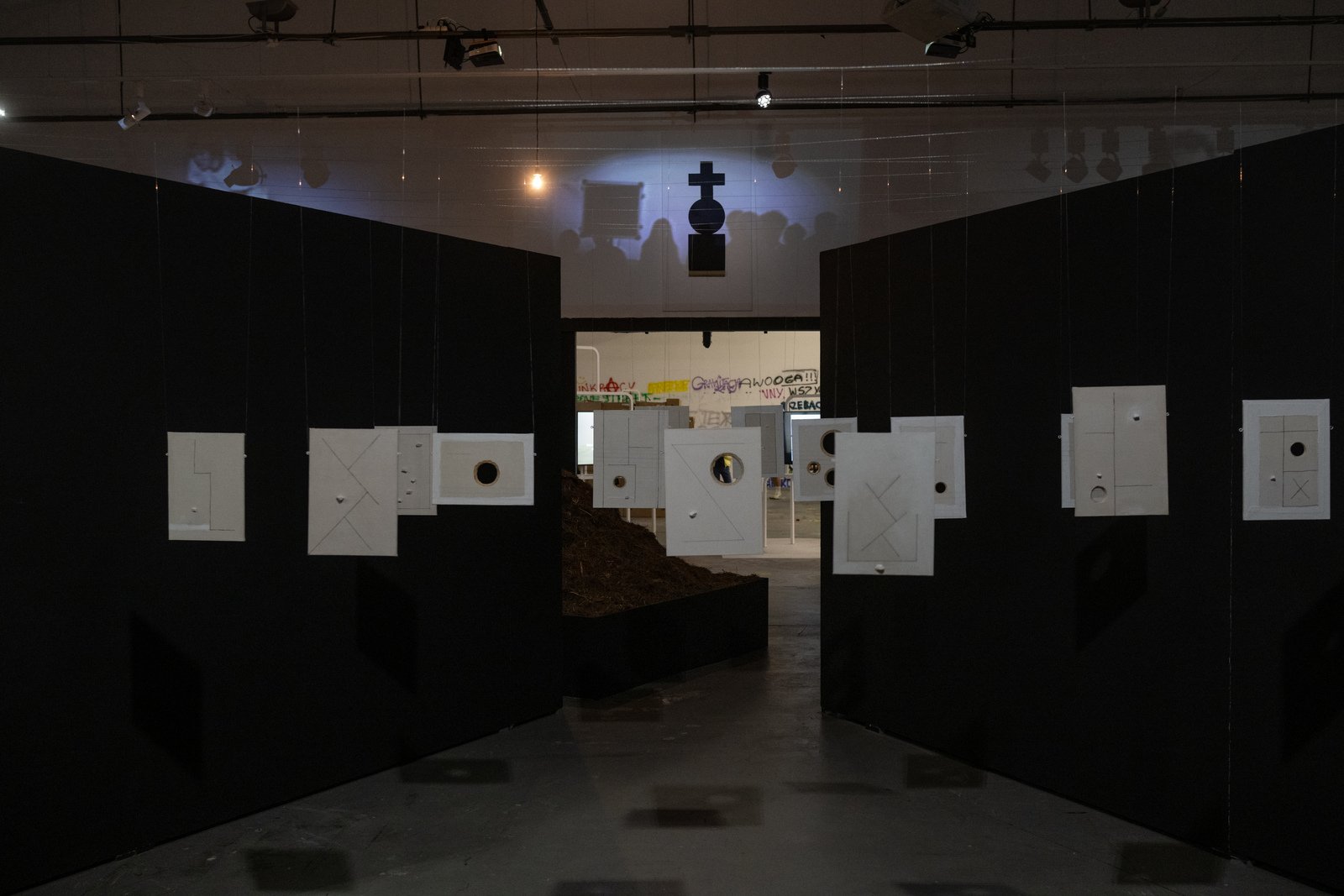
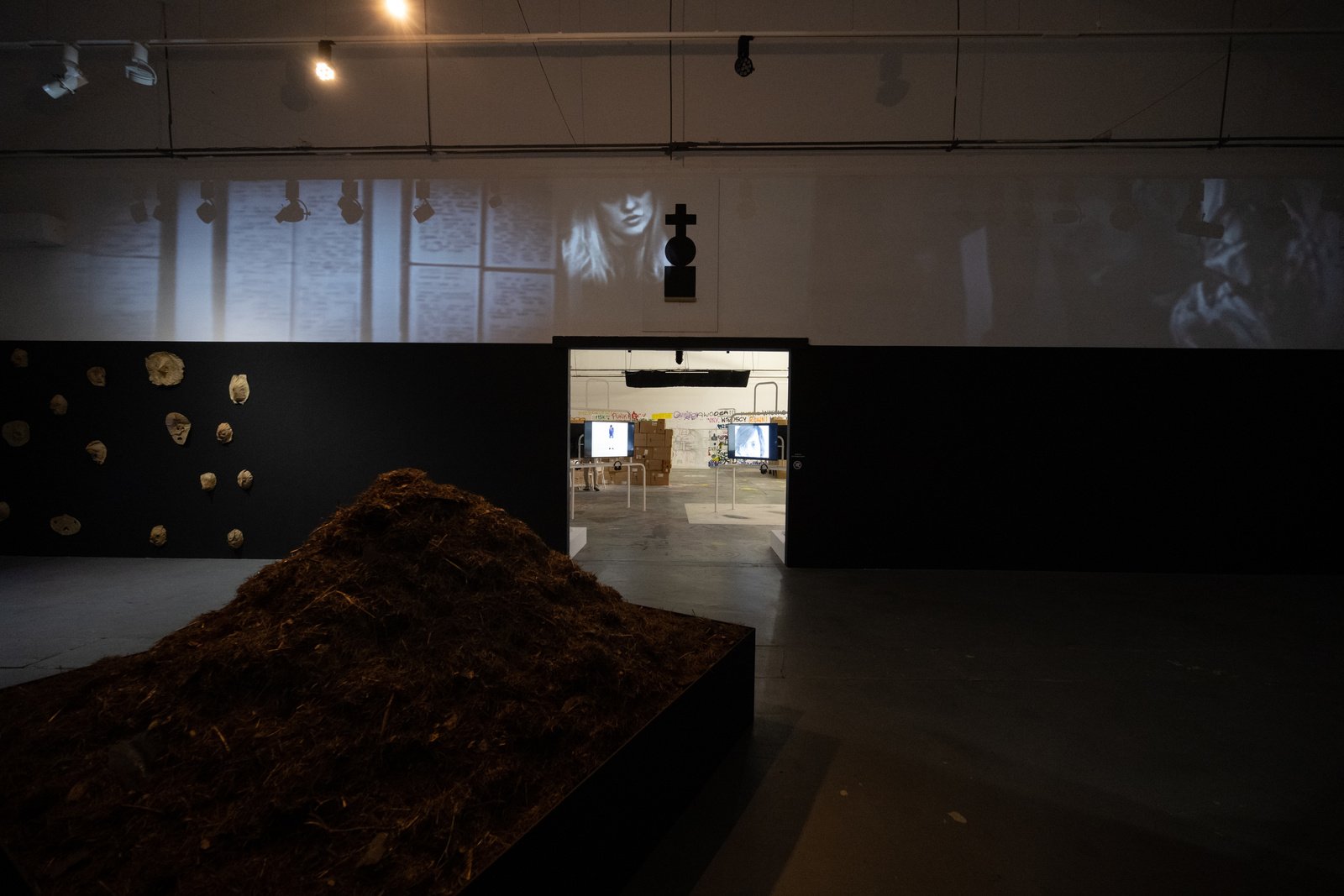
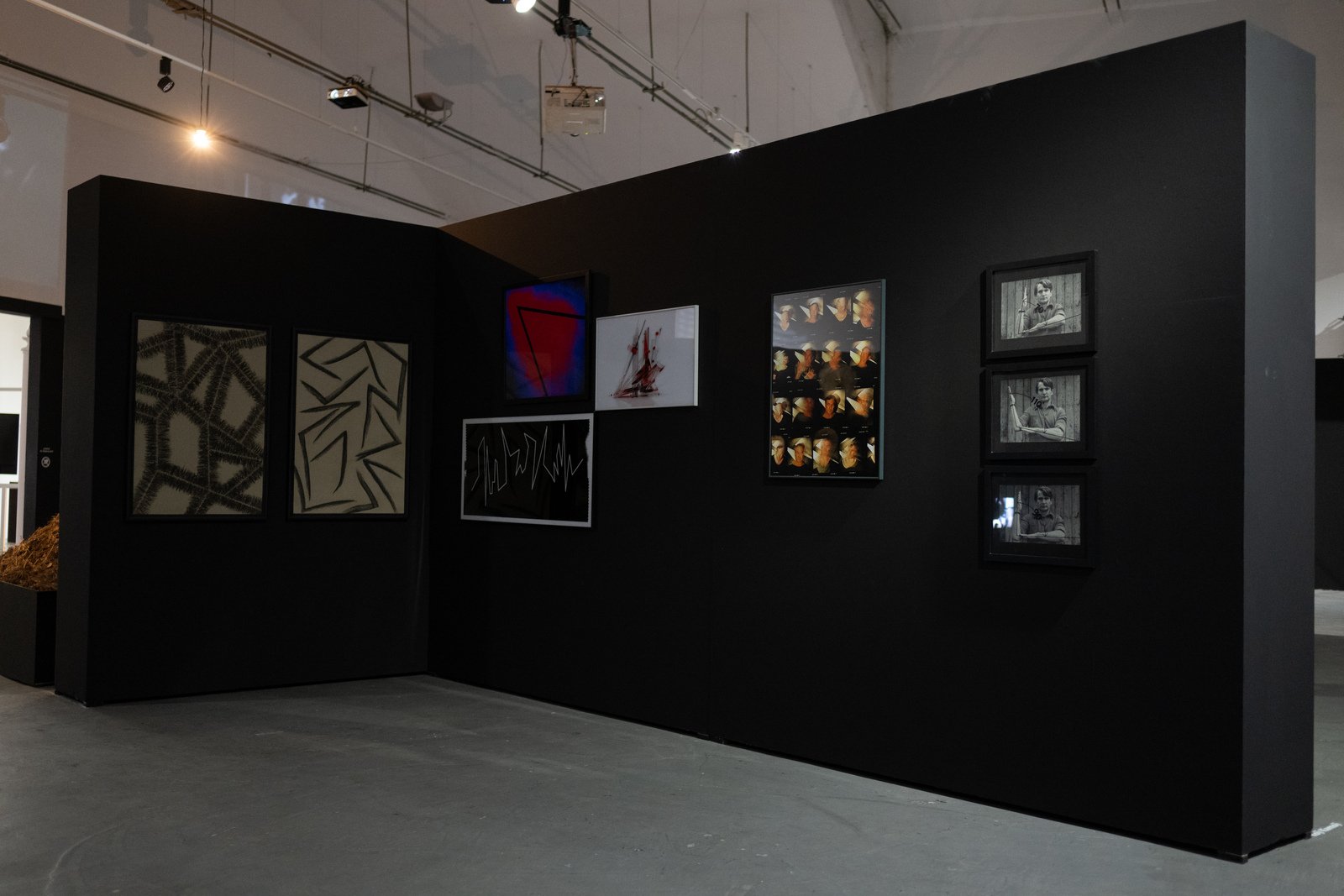
The works displayed on the upper, white portion of the walls are drawn from the institution’s collection and feature artists who are no longer living. These include pieces by Jan Berdyszak, Wojciech Bruszewski, Andrzej Dłużniewski, Krzysztof Klępka, Marek Konieczny, Andrzej Lachowicz, Natalia LL, Andrzej Partum, Maria Pinińska-Bereś, Zygmunt Rytka, Mikołaj Smoczyński, Kajetan Sosnowski, Jan Świdziński, Ryszard Winiarski, Anastazy Wiśniewski, and Jan Ziemski.
This assembly of names—a gathering of the living and the deceased—constitutes an exhibition of classics of the Polish contemporary art scene. Or perhaps, anti-classics? While the artists listed belong to the canon, they represent a distinctive segment within it. Most emerged in the 1970s, making them, in a generational sense, peers of Mroczek’s Labirynt. Artistically, they contributed to the institution’s unique identity. This group encompasses pioneers of Polish performance art, body art, and land art; it includes feminists and actionists, new media experimenters, and those with a distinctly conceptual approach. While representing a diverse range of attitudes, a common thread unites them: the spirit of the neo-avant-garde. This term doesn’t signify a specific movement—indeed, the very notion of a “movement” was alien, even anathema, to the neo-avant-garde. Instead, it points to an attitude founded on the conviction that art’s purpose is not to decorate the world, but to change it. This ambition was inherited from the first avant-garde, which envisioned change as a grand, demiurgic project. The neo-avant-garde, however, operates differently, favouring strategies of subversion, symbolic sabotage, trickster tactics, guerrilla resistance, and the deployment of absurdity to disrupt the status quo. It is best understood within the broader context of counterculture. Mroczek’s Labirynt was a vital centre for the Polish neo-avant-garde. Significantly, after the imposition of martial law in 1981, when official artistic life was brought to a standstill, the BWA under Mroczek’s leadership remained one of the few public institutions not boycotted by the artistic community protesting against the military junta. This testifies to the trust artists placed in both Mroczek and his vision. Younger artists with kindred sensibilities joined the ranks of those countercultural figures active since the 1970s, recognising that Labirynt had maintained its independence—not only from the dictates of the regime’s cultural policy, but also from the insidious forces of conformism, academism, and commercialism that corrupted art from within.
Given the stature of the artists featured in “First 50”, their works could easily form the foundation of a significant museum. However, Waldemar Tatarczuk’s curatorial approach transcends the typical museum format, eschewing a didactic chronological presentation. Instead, the exhibition functions as a meta-installation, an artistic event rather than a mere chamber of memories. This character is underscored by the projections displayed on the gallery walls, under the ceiling, soaring above the works from Labirynt’s collection. These films document actions, happenings, and performances that unfolded within the institution. While not offering a detailed account of past events, this presentation captures their dynamism. The aim is not to museumify historical performances. On the contrary: the neo-avant-garde, counterculture, and Labirynt itself inherently oppose the museumification and petrification of art, its crystallisation into static monuments, artifacts, fetishes, and commodities.
***
A section entitled “Between” bridges “First 50” and “Second 50”, serving as both a symbolic and physical passage between Labirynt’s two primary spaces. It showcases works—mainly video projects—by artists who, both generationally and in terms of their approach, can be seen as successors to the countercultural generation of the 1970s, carrying forward the understanding of art nurtured in Mroczek’s Labirynt. These artists include: Anna Baumgart, Wojciech Bąkowski, Przemek Branas, Oskar Dawicki, Katarzyna Górna, Barbara Gryka, Julia Golachowska, Jonasz Chlebowski, Sarah Hill, Paweł Korbus, Katarzyna Kozyra, Robert Kuśmirowski, Joanna Rajkowska, R.E.P., Wiktor Stribog, Ala Urwał, Franek Warzywa i Młody Budda, and Anna Zaradny. This roster reflects Labirynt’s programme in the post-Mroczek era. Like the previous generation, it features prominent figures from the art world. However, the intention is not to reinforce artistic hierarchies, but rather to identify where the pulse of anti-academic, non-conformist art beats strongest today—art that embraces its transformative role in relation to reality.

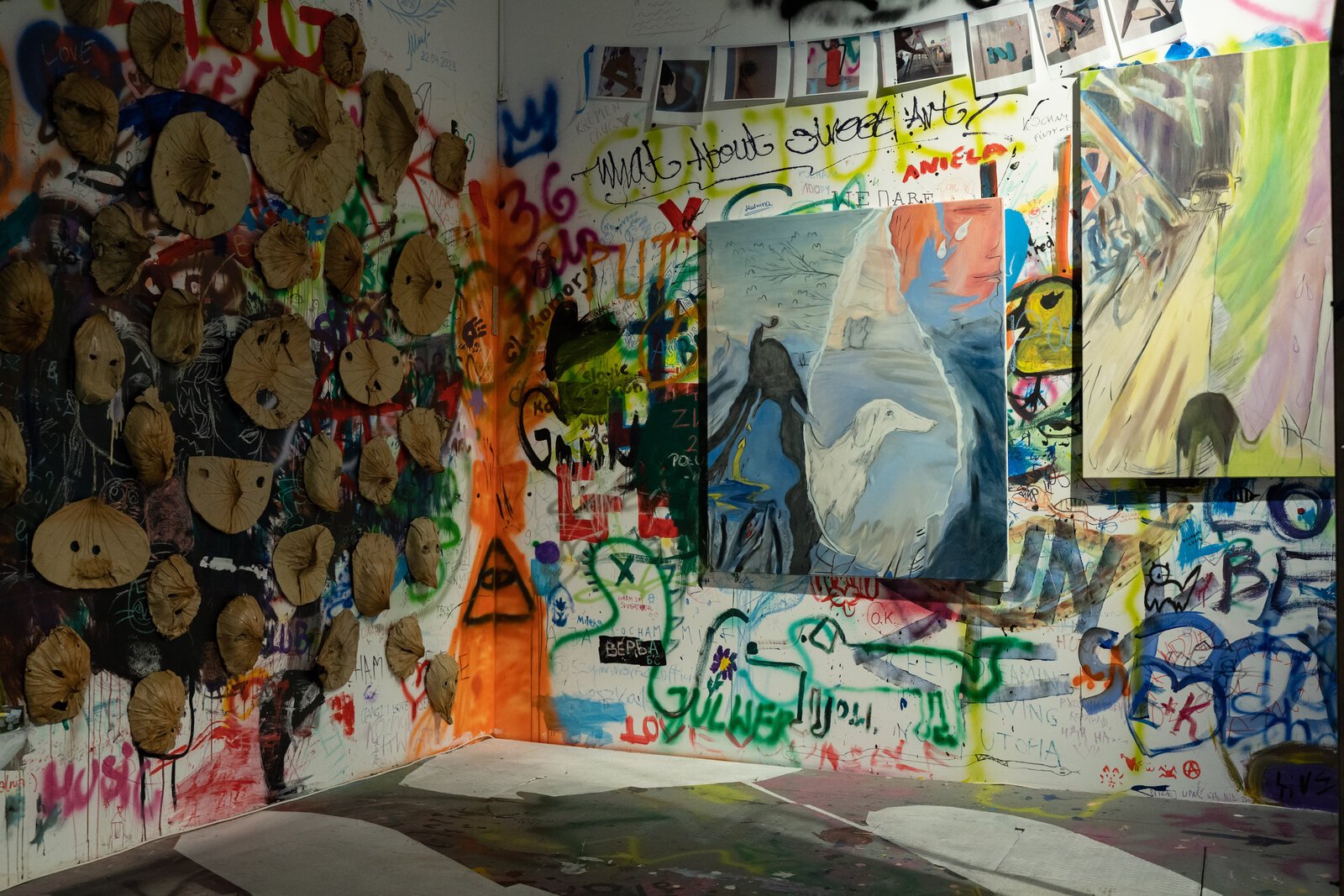
In the passage leading from “Second 50” to “First 50”, Robert Kuśmirowski has constructed a portico, a gateway to a would-be “temple of art”. Its presence within Labirynt’s postindustrial space is a striking irony. Like Magritte’s pipe, this faux portico declares that the space it leads to is anything but sacred.
Meanwhile, in the wall separating “First 50” from “Second 50”, Paweł Korbus has drilled a series of holes. From this “temple of art” that is not a temple, we are invited to peer into the future.
***
During my visit to 100 Years in Labirynt, the “Second 50” space was an empty canvas awaiting the arrival of the first projects from the institution’s open call. An architectural structure made of cardboard boxes occupied the centre of the gallery, creating divisions within the main exhibition area, which, as if to defy the gallery’s name (“labyrinth”), is a large, open, postindustrial hall. Its floor and walls were densely covered in graffiti, slogans, posters, stickers, and drawings—vestiges of Curort Vieniava, a project-in-process that had unfolded within the institution from March to the end of 2023. Curort Vieniava encompassed artist residencies selected through an open call, parties, concerts, and a space for young people to freely express themselves, akin to a Hyde Park. “We encourage you to express yourselves freely”, the gallery proclaimed, “not only by painting or writing on the walls! Do you have any works at home? Bring them! Do you want to write a manifesto on cardboard and nail it to the wall? Do it! Do you have an interesting video to show? We are waiting for it! Are you thinking about a performance or a performative reading? You have a place for it! Let form not be a limitation. We do not require an artistic approach to the subject. You don’t have to be an artist. Total freedom reigns here, and the possibilities for action and means are unlimited. Do you feel like going with the flow? Time will show the direction of our outlet. … The most important thing is the process, not the final product.”
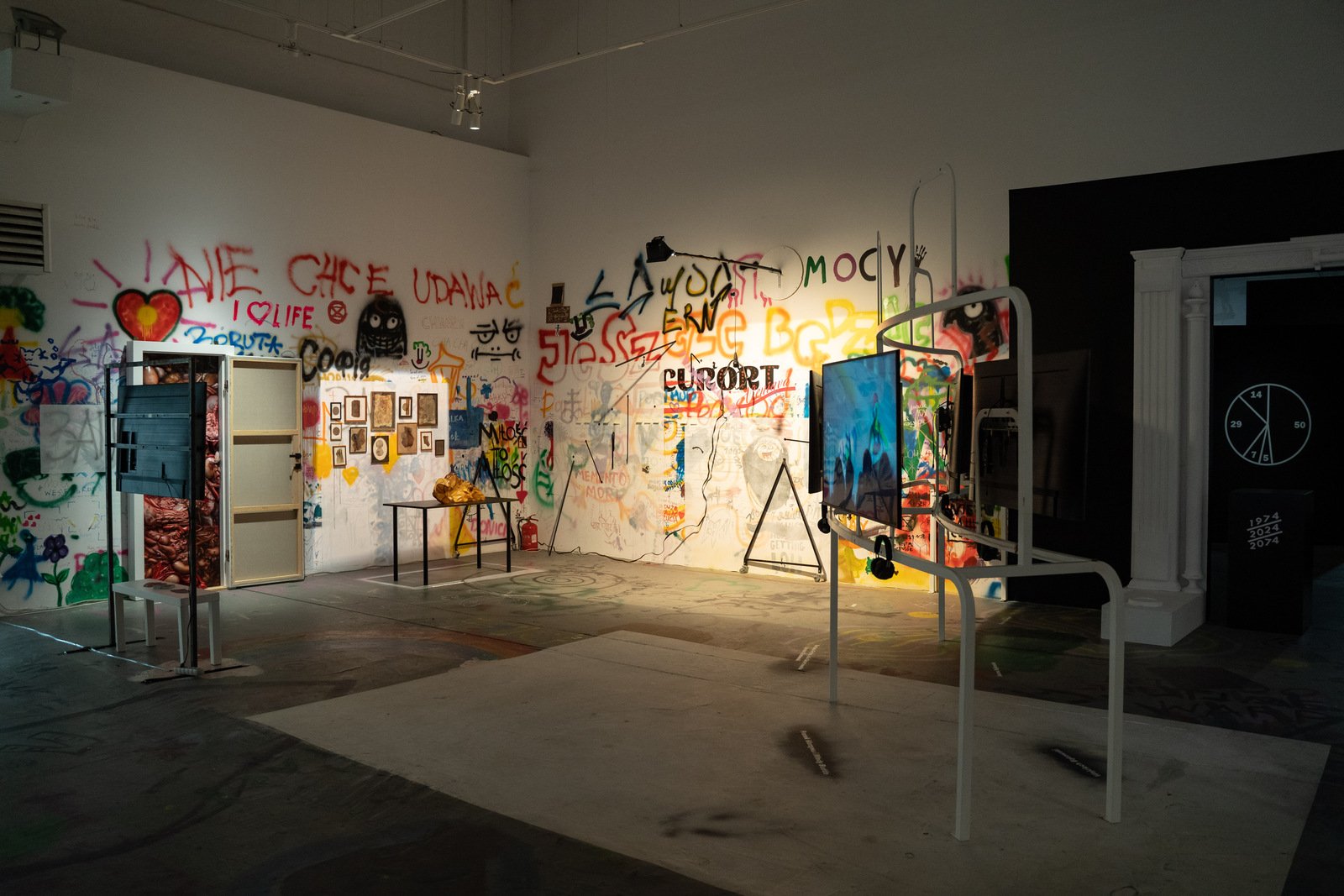
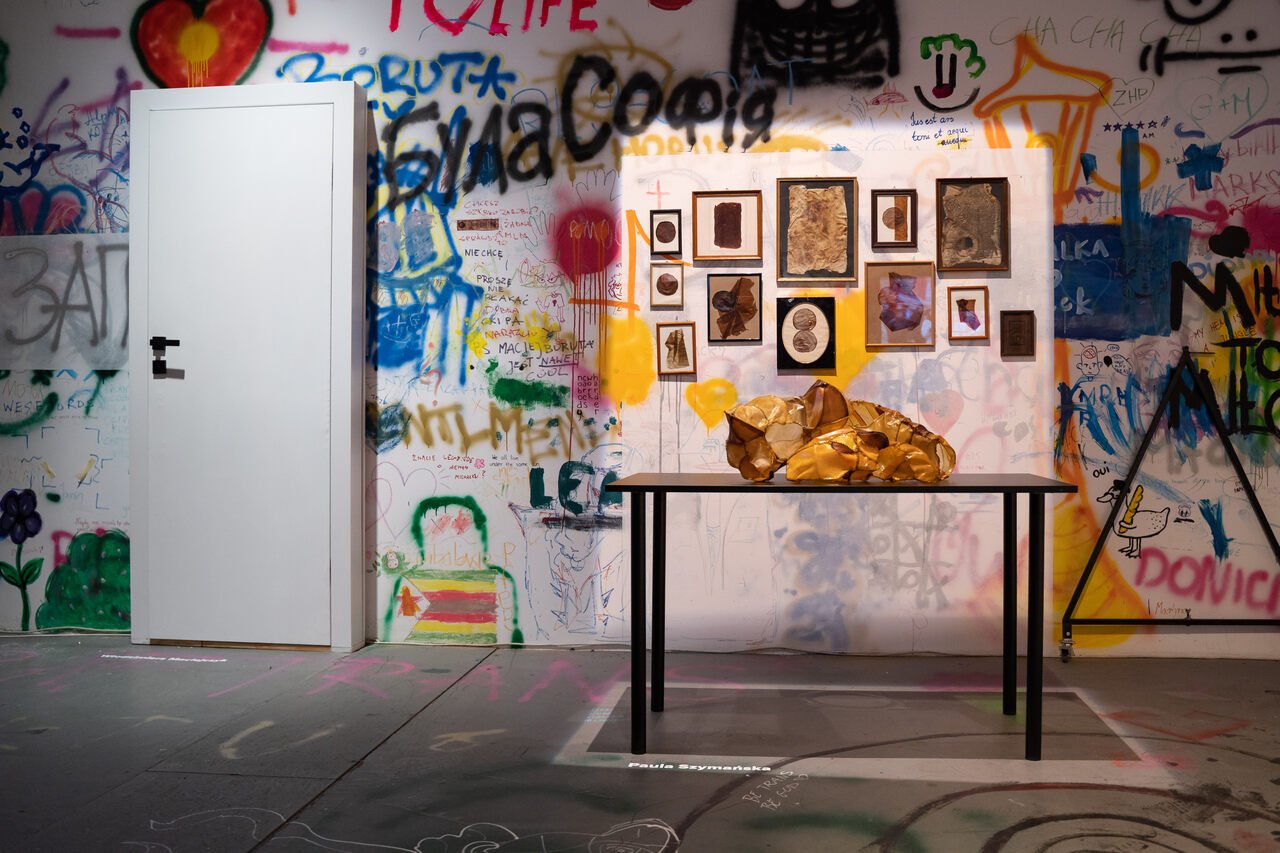
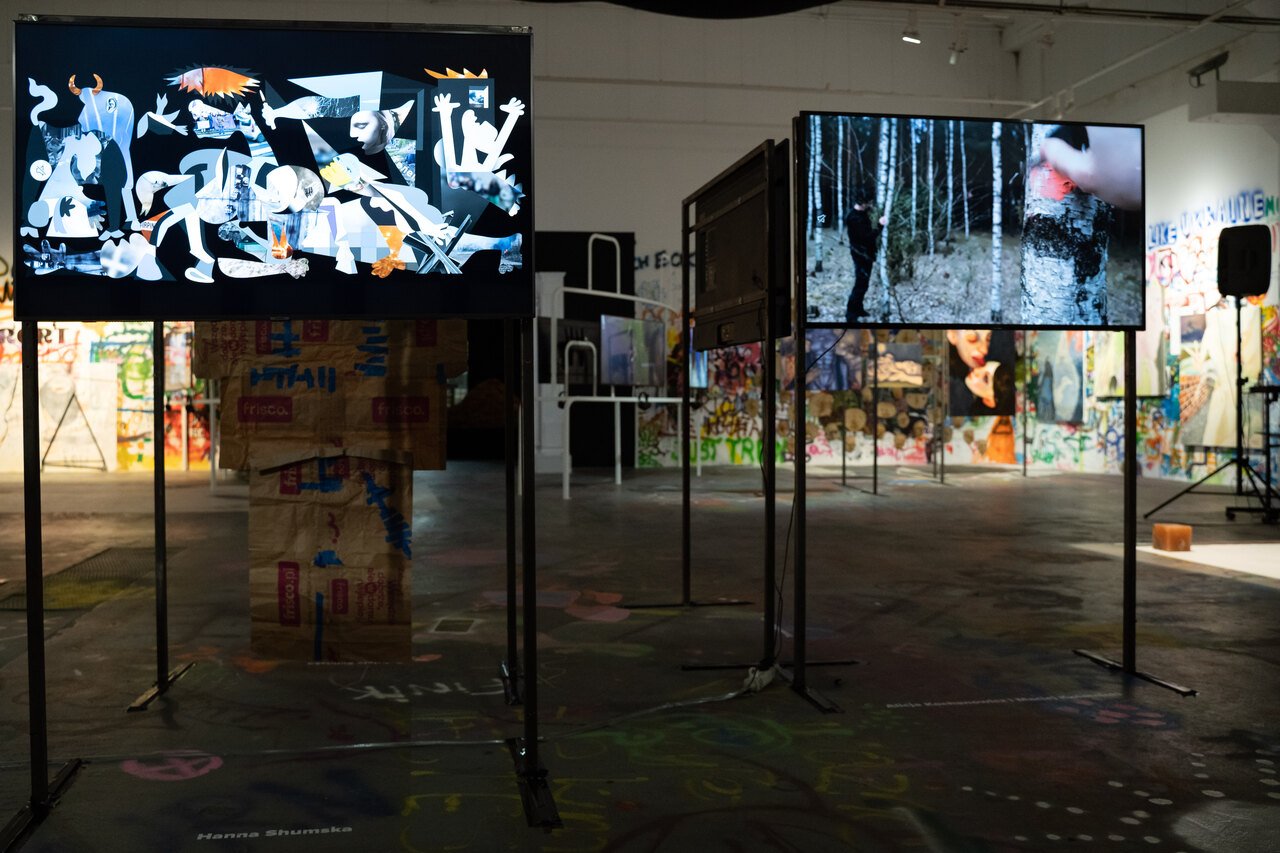
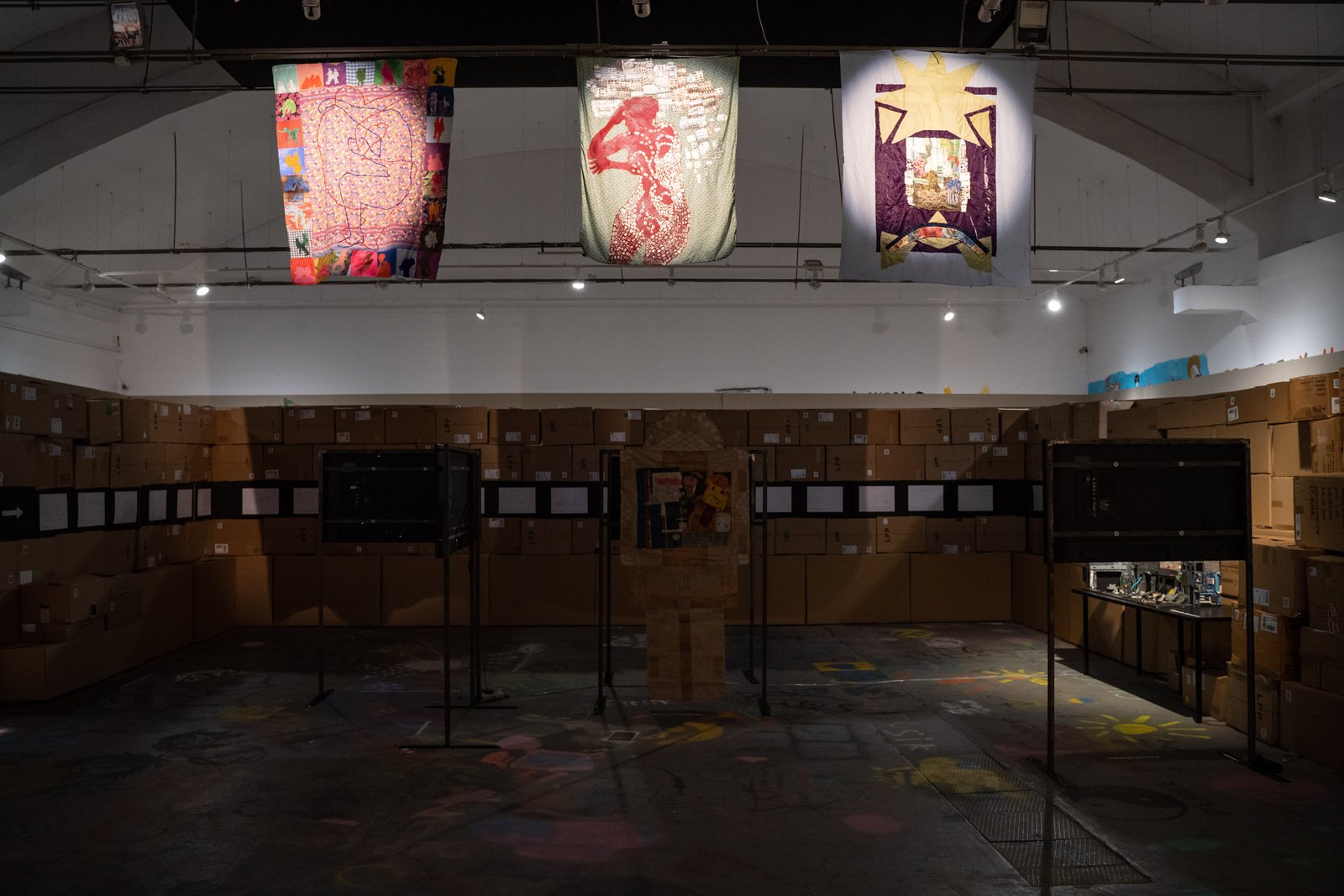
Open calls, projects-in-process that evolve and morph in real time before the audience, and grassroots artistic mobilisations convened for urgent calls to action, protest, and community engagement—these have become more than just hallmarks of Labirynt; they are practical embodiments of its institutional philosophy. This approach was exemplified by the high-profile exhibition-manifestations of 2020, We Are People and You’ll Never Walk Alone. A similar processual, evolutionary character defined This is Just an Exhibition, launched in late 2023 and early 2024. This project, addressing the war in Ukraine, featured Ukrainian artists actively engaged on the war front with Russia. Labirynt is not a white cube, neither physically nor mentally. Past projects leave their traces, both symbolic and physical, within its space. Art exists in continuous, critical dialogue with reality, which actively shapes the institution’s program, open to the unexpected. While Labirynt’s history features prominent figures in Polish and international art, 100 Years in Labirynt avoids any sense of ancestor worship. Instead, if there’s a lesson to be learned from the artistic ‘ancestors’ whose works are gathered in the historical section, it is to eschew all forms of unquestioning reverence. The exhibition reminds us that art object’s value lies in its ability to convey attitudes, ideas, and interpersonal connections. Furthermore, it suggests that when faced with a choice between the cold calculations of the art market and the constraints of artistic bureaucracy, a third way is possible. Is this a universal model for an artistic institution? Perhaps not. Not every gallery can, or should, aspire to be like Labirynt. However, amidst current debates about the future of cultural institutions in Poland, Labirynt stands as an example of an institution actively shaping its future, recognising that the next half-century is already unfolding.
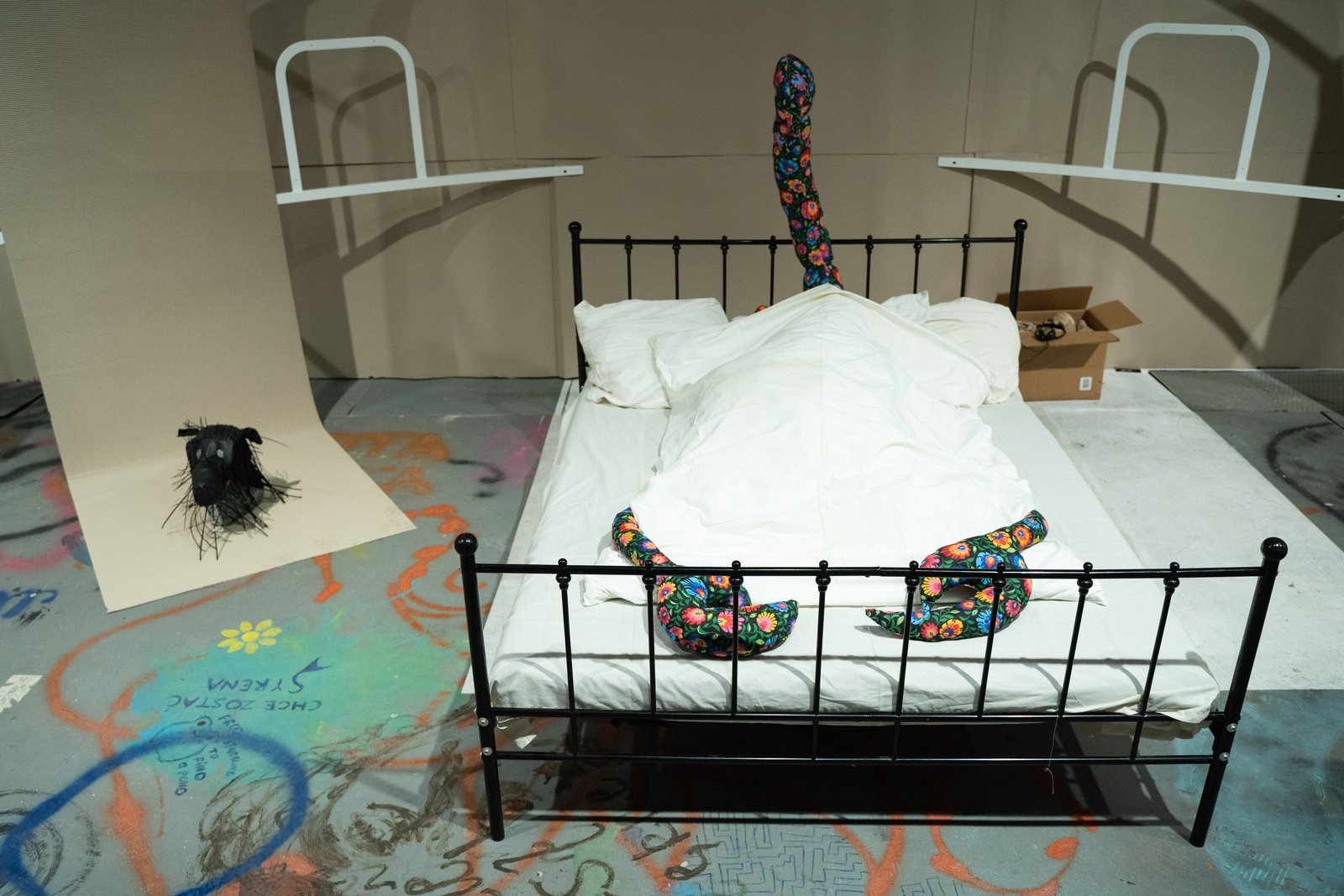
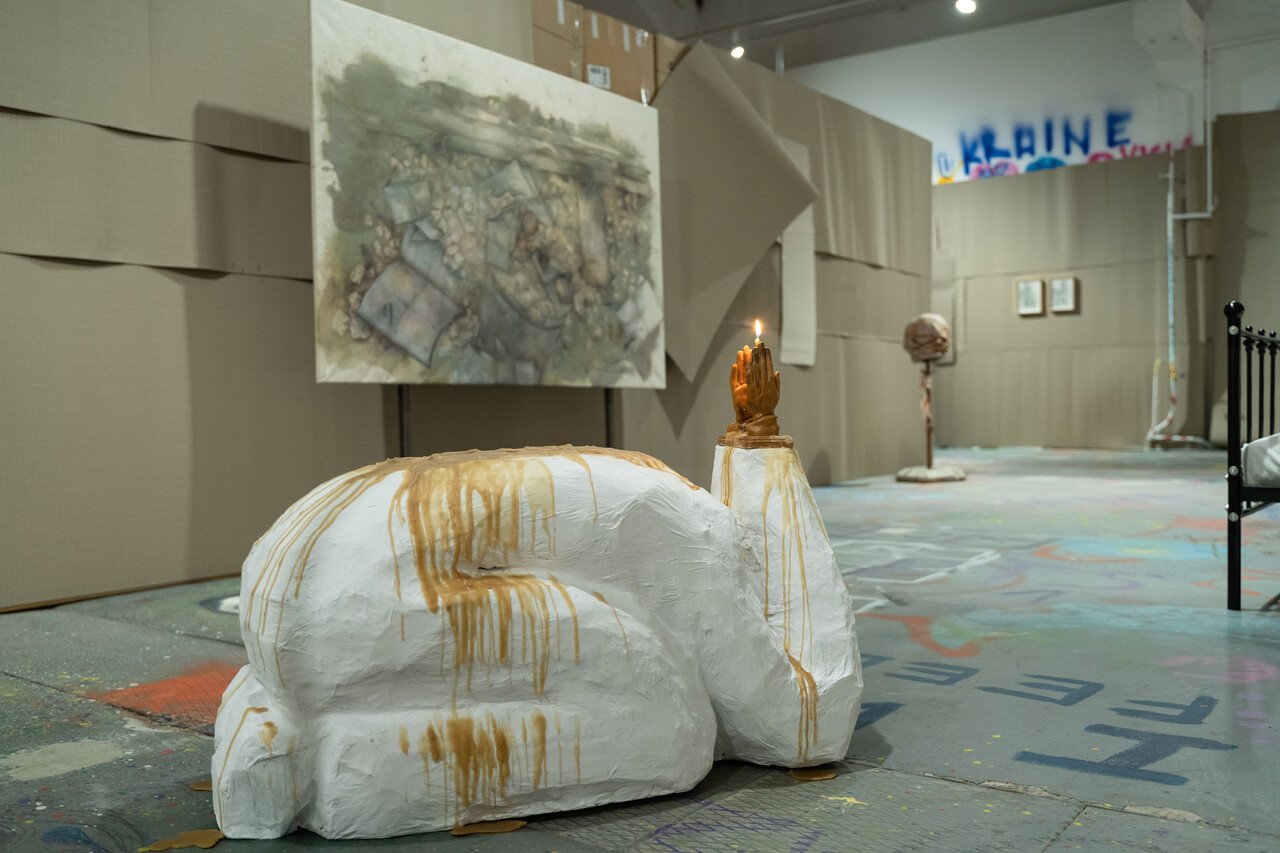

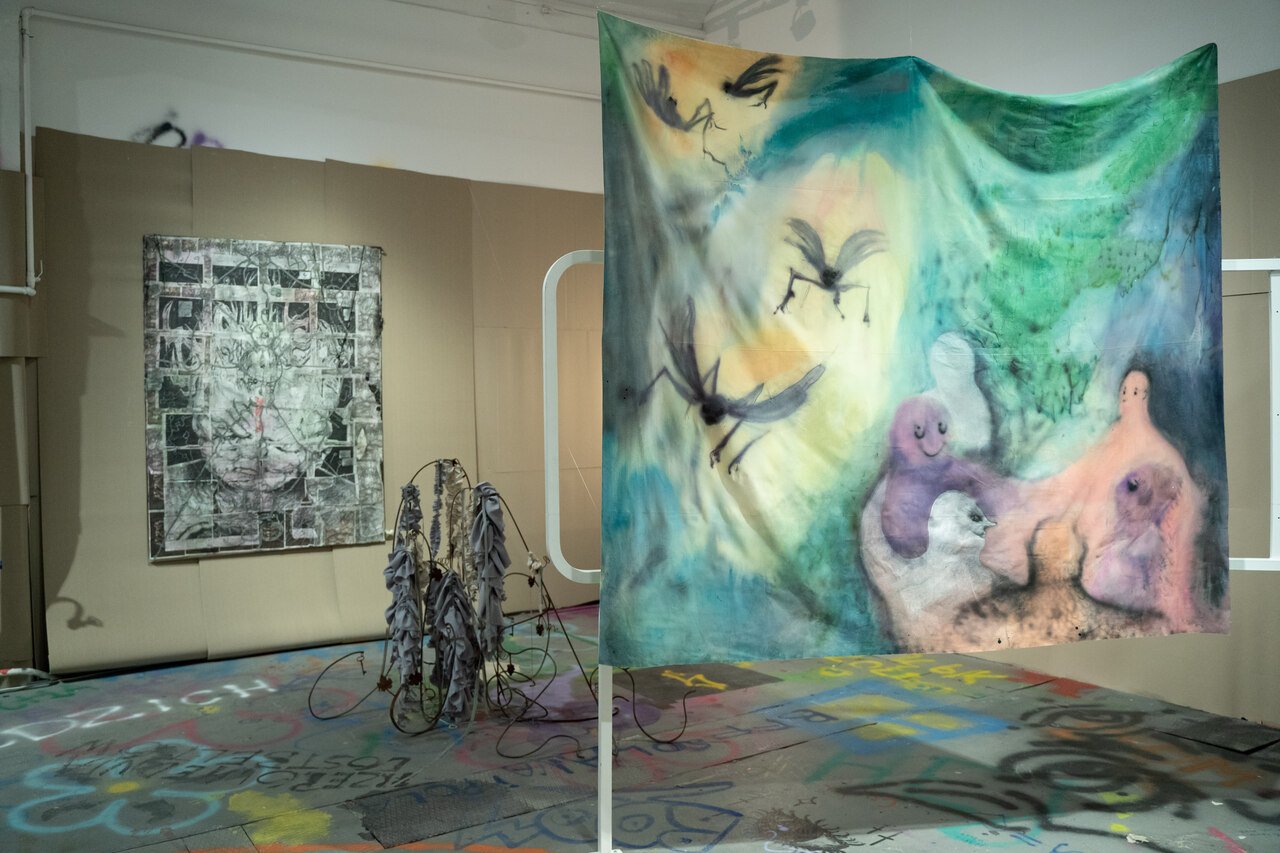
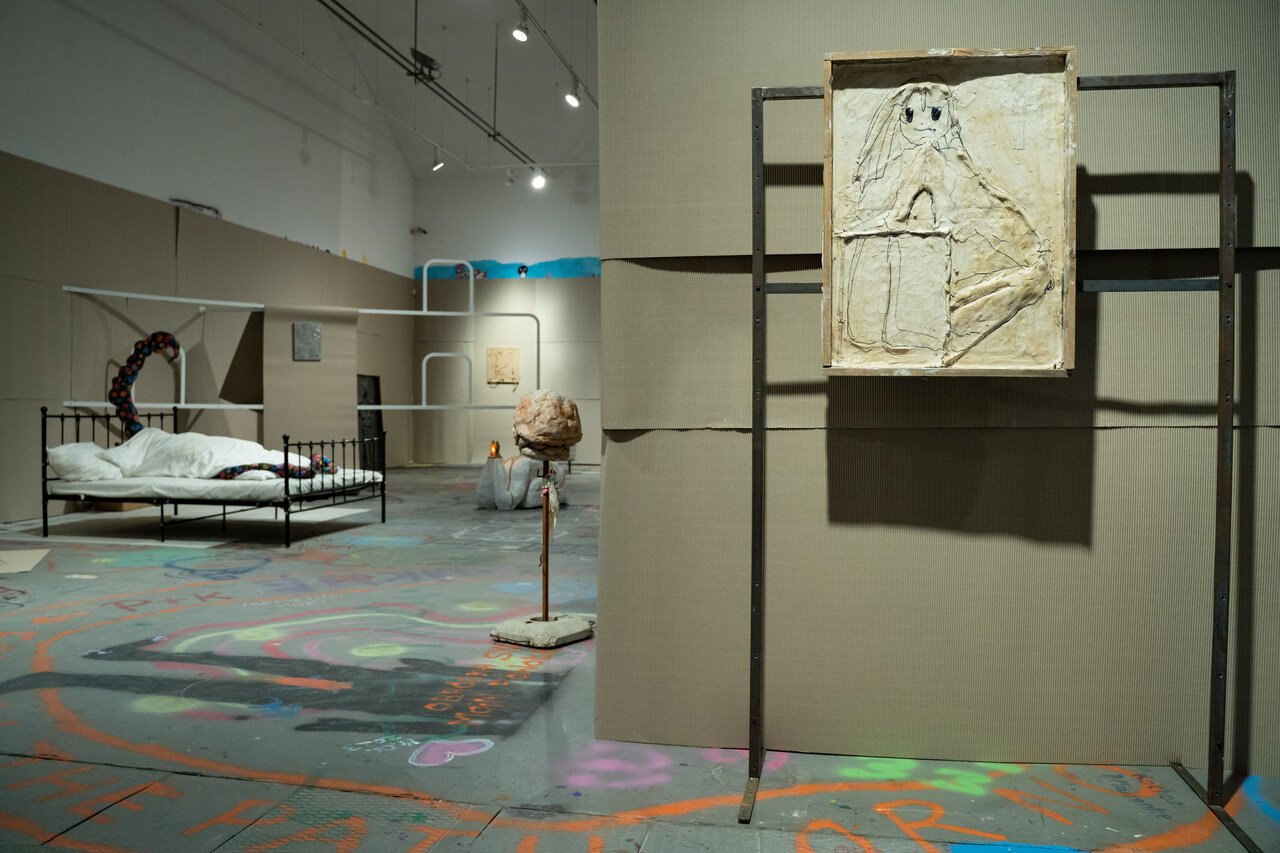
Artists:
first 50: Janusz Bałdyga, Mirosław Bałka, Lucjan Demidowski, Maria Fidor, Koji Kamoji, Zofia Kulik, Zdzisław Kwiatkowski, Przemysław Kwiek, Teresa Murak, Andrzej Polakowski, Małgorzata Potocka, Józef Robakowski, Zbigniew Warpechowski, Krzysztof Zarębski, Ewa Zarzycka;
works from the Collection of Galeria Labirynt: Jan Berdyszak, Wojciech Bruszewski, Andrzej Dłużniewski, Krzysztof Klępka, Marek Konieczny, Andrzej Lachowicz, Natalia LL, Andrzej Partum, Maria Pinińska-Bereś, Zygmunt Rytka, Mikołaj Smoczyński, Kajetan Sosnowski, Jan Świdziński, Ryszard Winiarski, Anastazy Wiśniewski, Jan Ziemski;
between: Anna Baumgart, Wojciech Bąkowski, Przemek Branas, Oskar Dawicki, Katarzyna Górna, Barbara Gryka, Julia Golachowska, Jonasz Chlebowski; Sarah Hill, Paweł Korbus, Katarzyna Kozyra, Robert Kuśmirowski, Joanna Rajkowska, R.E.P., Wiktor Stribog, Ala Urwał, Franek Warzywa i Młody Budda, Anna Zaradny;
second 50 / Near Dark 2: Eliza Chojnacka, Klaudia Figura, Konrad Gubała, Czaro Malinkiewicz, Paweł Marcinek, Przemysław Piniak, Zuza Piekoszewska, Maria Pietras, Maryna Sakowska, Mikołaj Sobotka, Bartosz Zaskórski;
second 50 / open space: Katarzyna Bogusz, Stanisława Fidor-Tatarczuk, Konrad Gubała, Kacper Greń i Kuba Szreder, Michał Iwański, Wiktoria Janowska, Alicja Kochanowicz i Maciej Kwietnicki, Kolektyw Łaski, Włodzimierz Maciejczyk, Irena Mykoliv, Weronika Nowojska, Tomek Paszkowicz, Maciej Nowacki, Hanna Shumska, Paula Szymańska, Dominika A. Wasilewska, Gabriela Żylińska.
Exhibition Title: 100 Years in Labirynt
Curated by: Waldemar Tatarczuk
Venue: Galeria Labirynt
Place (Country/Location): Lublin, Poland
Dates: 12.10. – 30.11.2024
Photos by: Wojciech Pacewicz
Translation: Łukasz Mojsak

